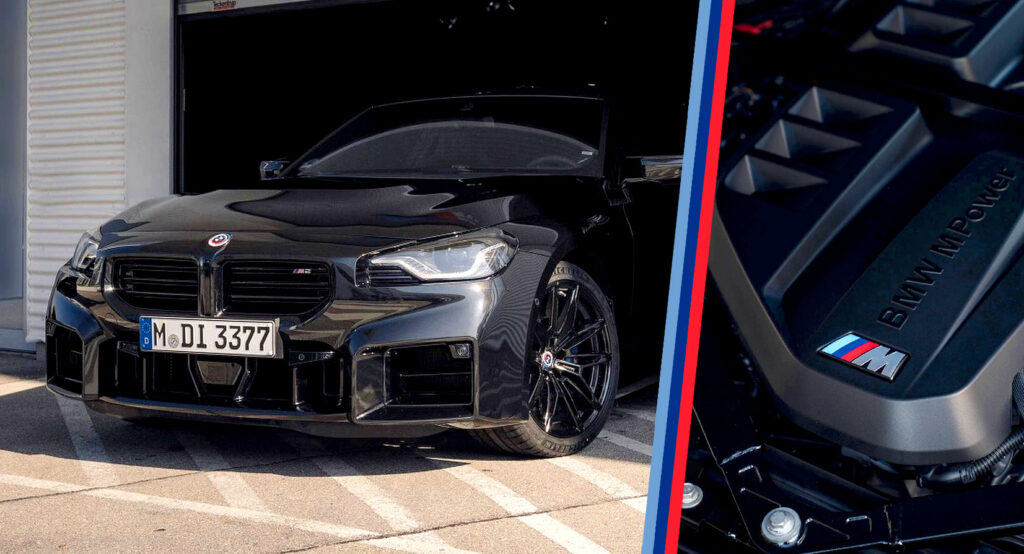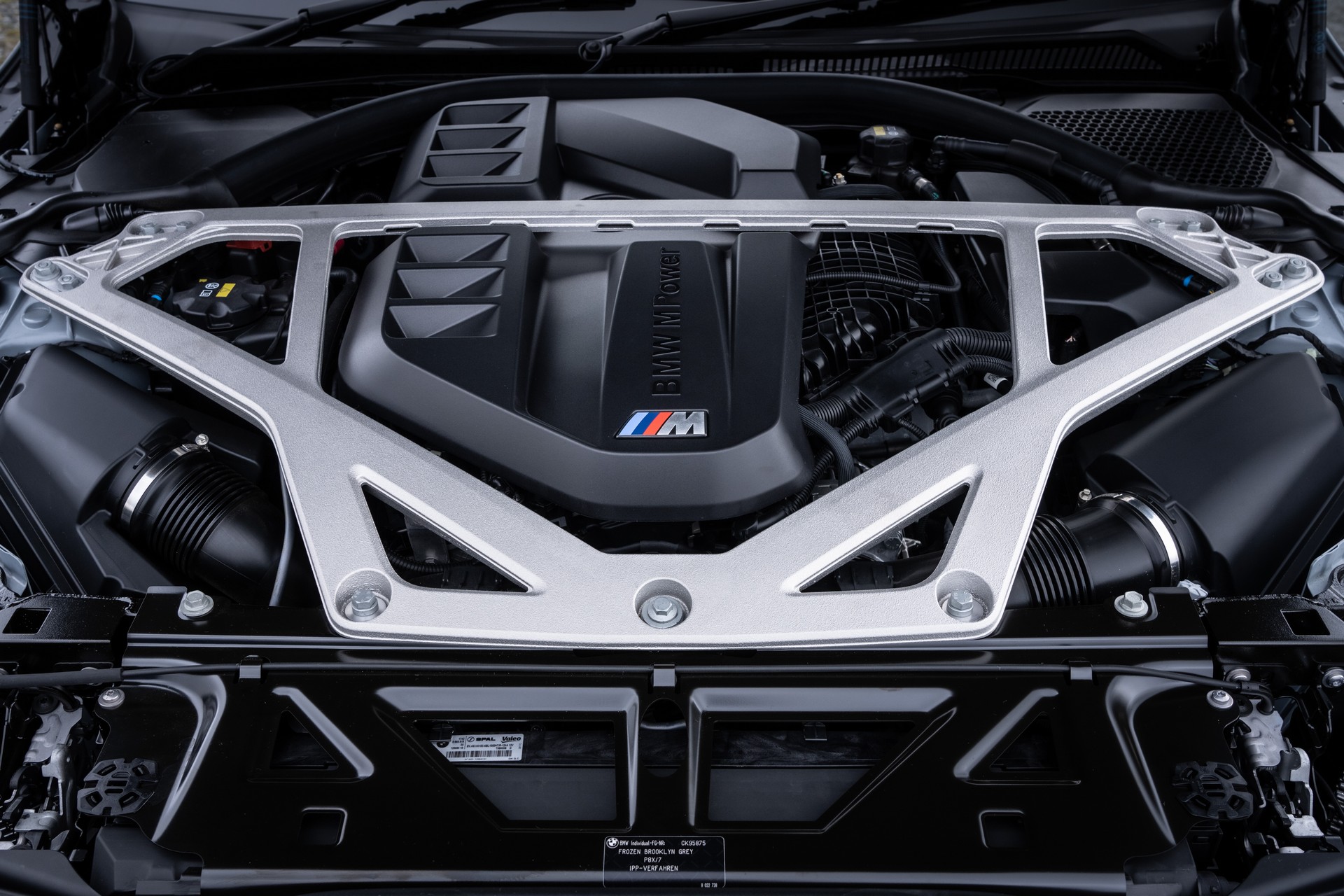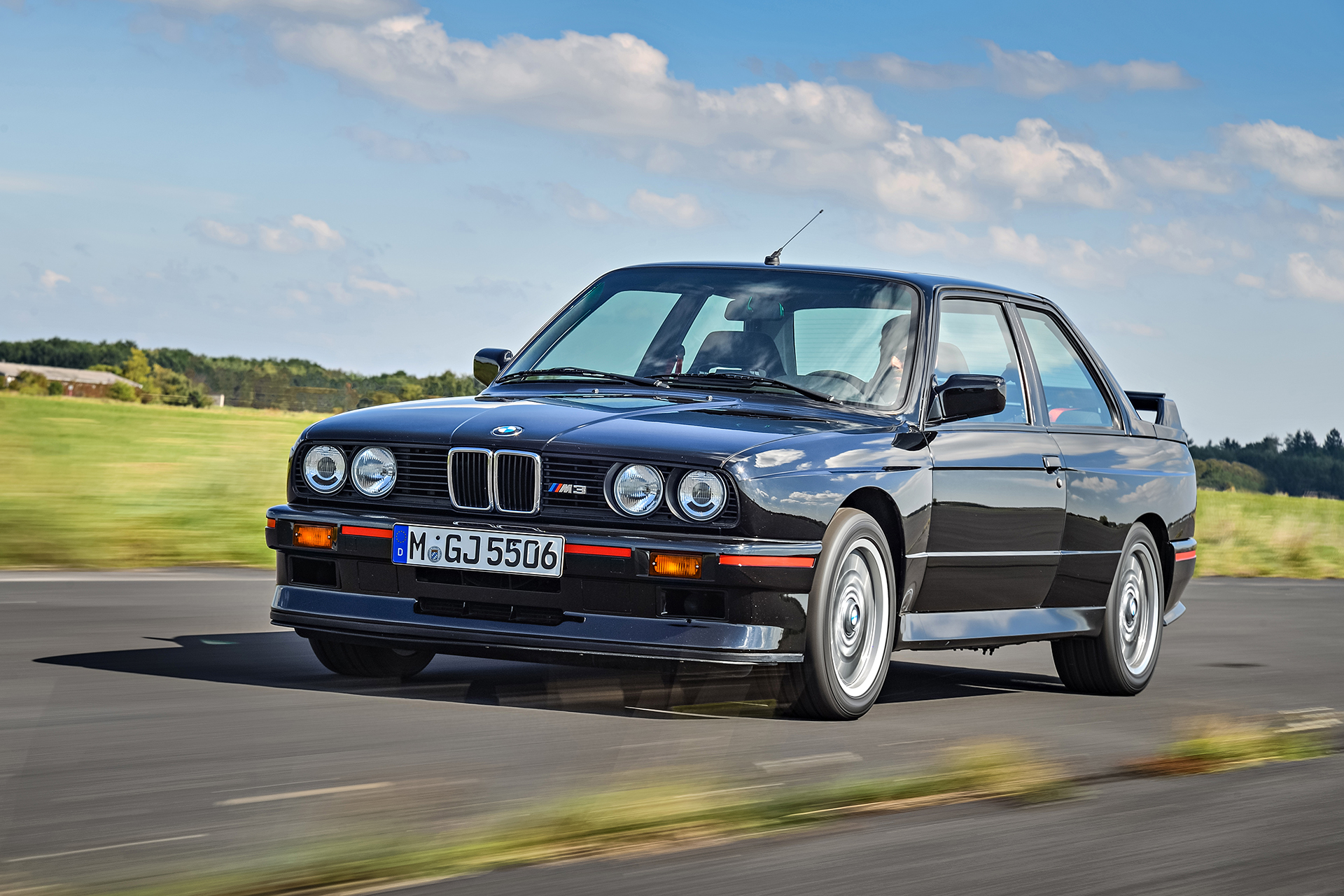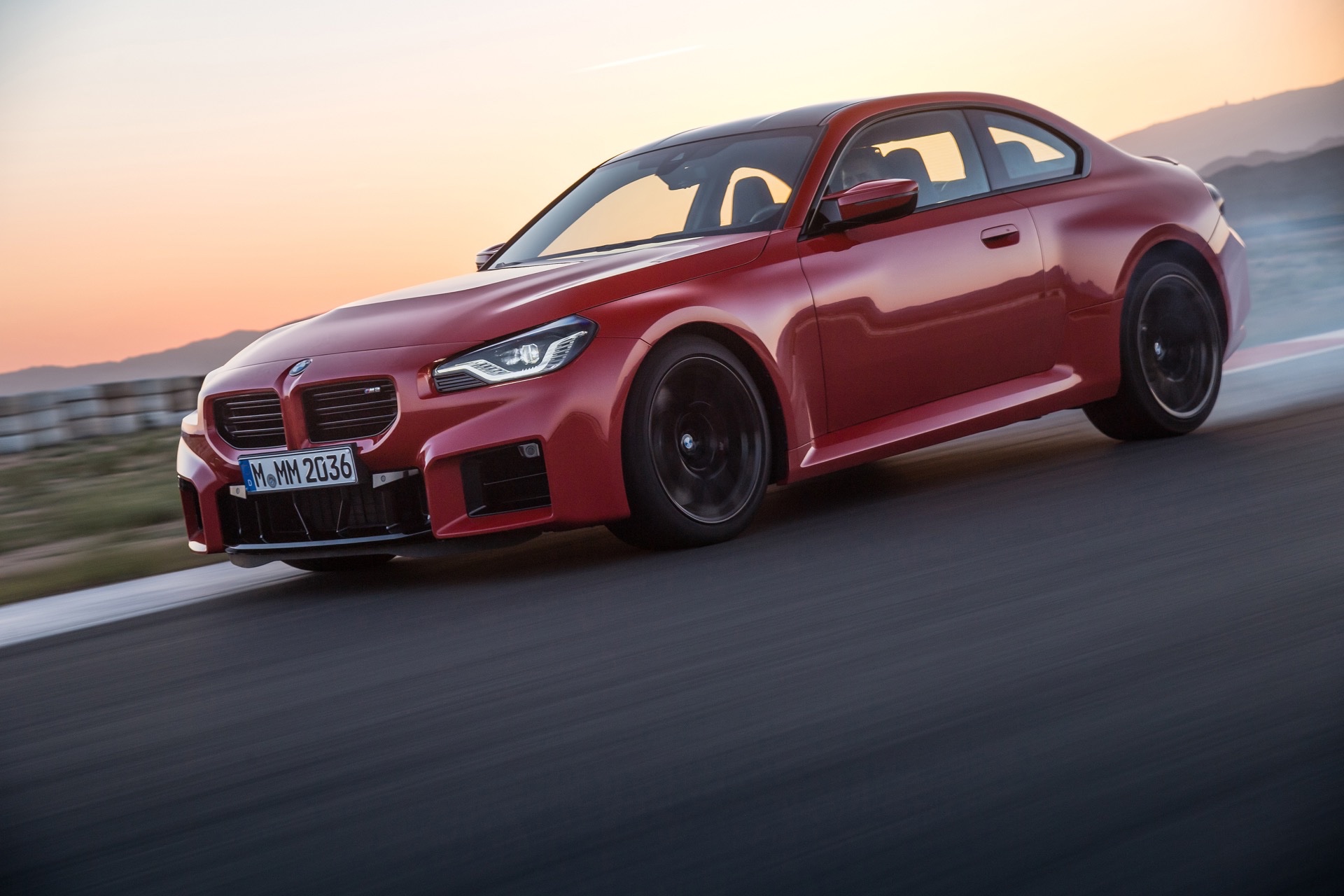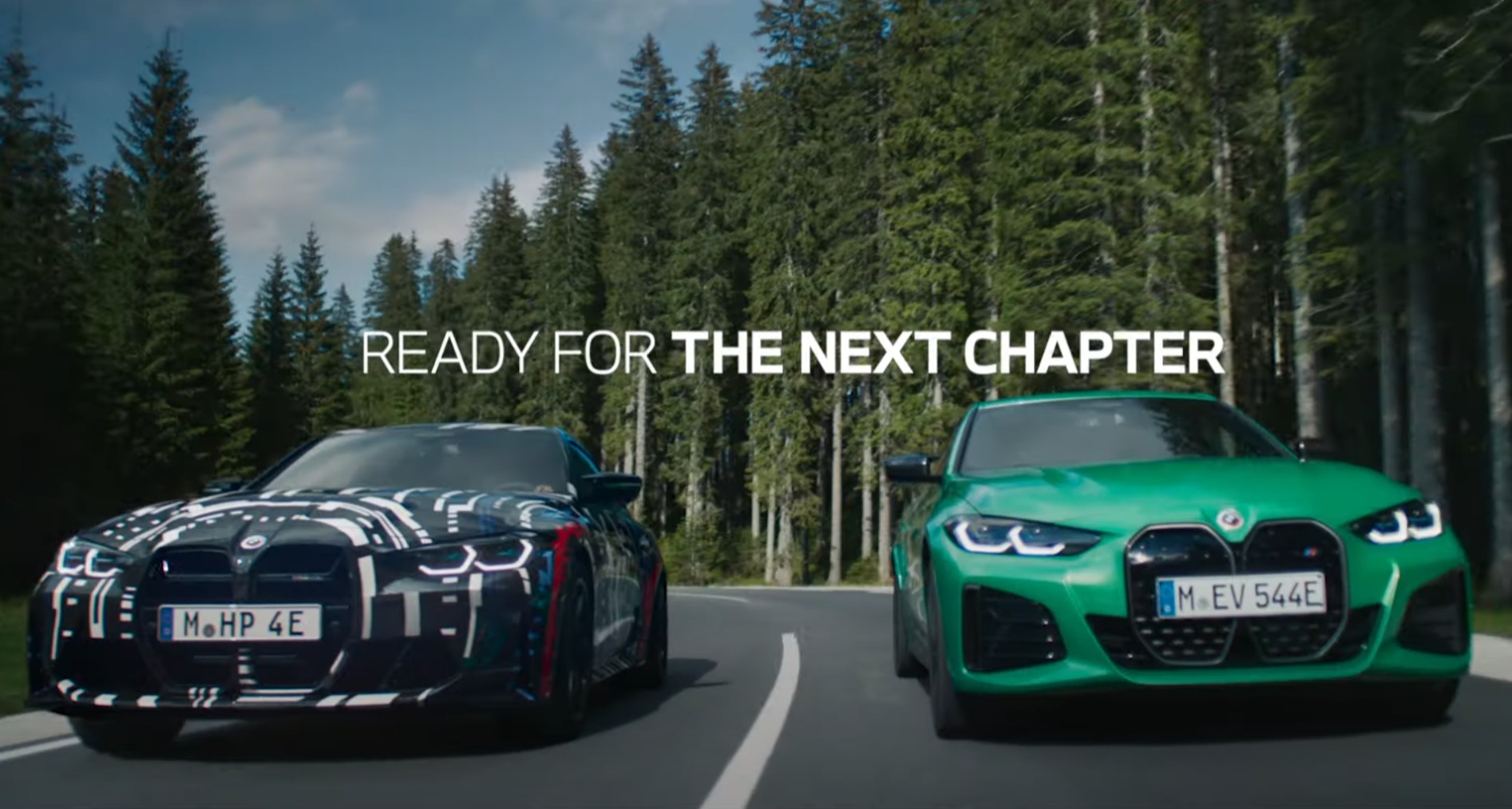BMW is determined to stick with six- and eight-cylinder engines for as long as ICE exists, unlike rival automakers including Mercedes-AMG that have downsized in the era of electrification.
Speaking to the media during a festival at the Kyalami Grand Prix Circuit in South Africa, BMW M boss Frank van Meel was asked whether they’d consider replacing the six-cylinder engine with a higher output three-cylinder unit in the pure M models. As reported by CarBuzz, van Meel said: “I hope that was just a rhetorical question because it’s clear we’re not going to do any three-cylinder engines. We’re not even going to do four-cylinder engines in high-performance cars. I know there are other companies doing that, but we’re not going to do that”.
Also Read: BMW Hasn’t Entirely Abandoned The Idea Of An M-Branded Supercar
Van Meel’s comments sound derogatory for engines with fewer cylinders, even though there is a four-cylinder model in BMW M’s past – the M3 E30 (1986-1991). We reached out to BMW to confirm the comment and ask how this strategy bode with the automaker’s past. A U.S. press spokesperson confirmed van Meel’s remarks, adding:
“BMW has stated that we remain committed to internal combustion engines so long as the marketplace warrants them. However, the movement towards electrification – witness the all-new BMW XM and BMW M Hybrid V8 GTP racer, for example – will have an important role in the future of high performance vehicles from M,” he said.
“Certainly the E30 M3 played an important role in establishing the M brand (even the F1 cars of the time were 4-cylinder), but that was nearly 40 years ago, and much has changed over that time,” the BMW rep added.
BMW’s spokesperson likely refers to the fact that today’s cars have gotten much heavier and bulkier compared to the past. The original BMW M3 weighed as little as 1,165 (2,568 pounds), while the lightest model from the current lineup is the all-new BMW M2 tipping the scales at 1,730 (3,814 pounds). Also, our standards for performance have changed dramatically, with modern performance sedans and SUVs being faster and more powerful than supercars from past decades.
Still, as proven by the Mercedes-AMG C63 S E Performance, it is possible to reach the desired outputs from turbocharged four-cylinder engines, especially when combined with electric motors as part of a plug-in hybrid system. We have also seen Toyota’s impressively powerful 1.6-liter three-cylinder unit in the performance-focused GR Yaris and GR Corolla hot hatches. This makes us believe that BMW M’s decision mostly has to do with character – and noise – adding another point of differentiation against rivals.
Hanson also made a comment about the forthcoming move to electrification: “BMW has stated that we remain committed to internal combustion engines so long as the marketplace warrants them. However, the movement towards electrification – witness the all-new BMW XM and BMW M Hybrid V8 GTP racer, for example – will have an important role in the future of high-performance vehicles from M.”
The BMW XM is the first electrified full-blown M model and the new performance flagship, following the i4 M50, iX M60, and i7 M70 from the lesser M Performance range. Recently, BMW M teased a quad-motor EV prototype based on the i4 which could become the EV equivalent of the ICE-powered M3/M4 in the future.




